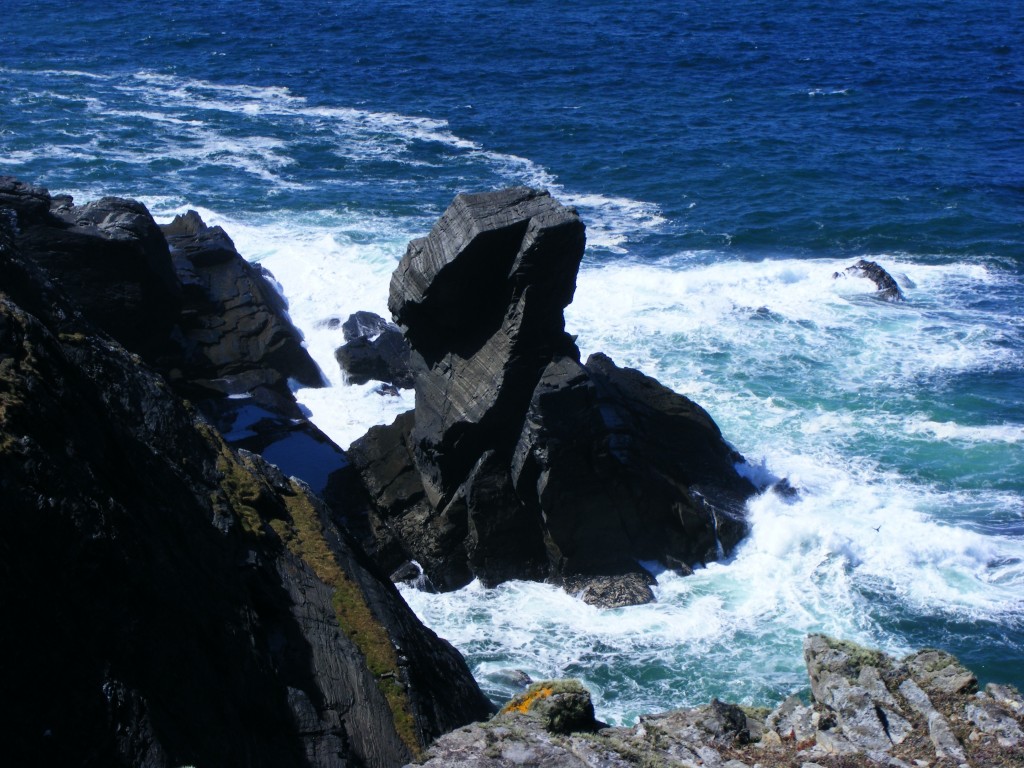It’s been too long since my last post as I’ve been caught up in the busyness of life and children. I’m returning with a short post about a couple of new paintings I’ve just started. These are based on the Delphi valley, which must be one of the most spectacular views here on the edges of Connemara and County Mayo. I’m working on a couple of canvases at the same time, alternating between the two. This one ( above ) is 10″ x 9.5″ – I’ve kept the palette quite cool so far with lots of blue and green. The second piece below is 10.5″ x 7.5″ and I’ve warmed this one up with some pink.
I love this shade of pink – I think it’s everywhere at this time of year, not like this of course but you can see it in a haze over the grasses if you squint your eyes.
I’ll take more photos as these paintings progress and post about them again soon.











